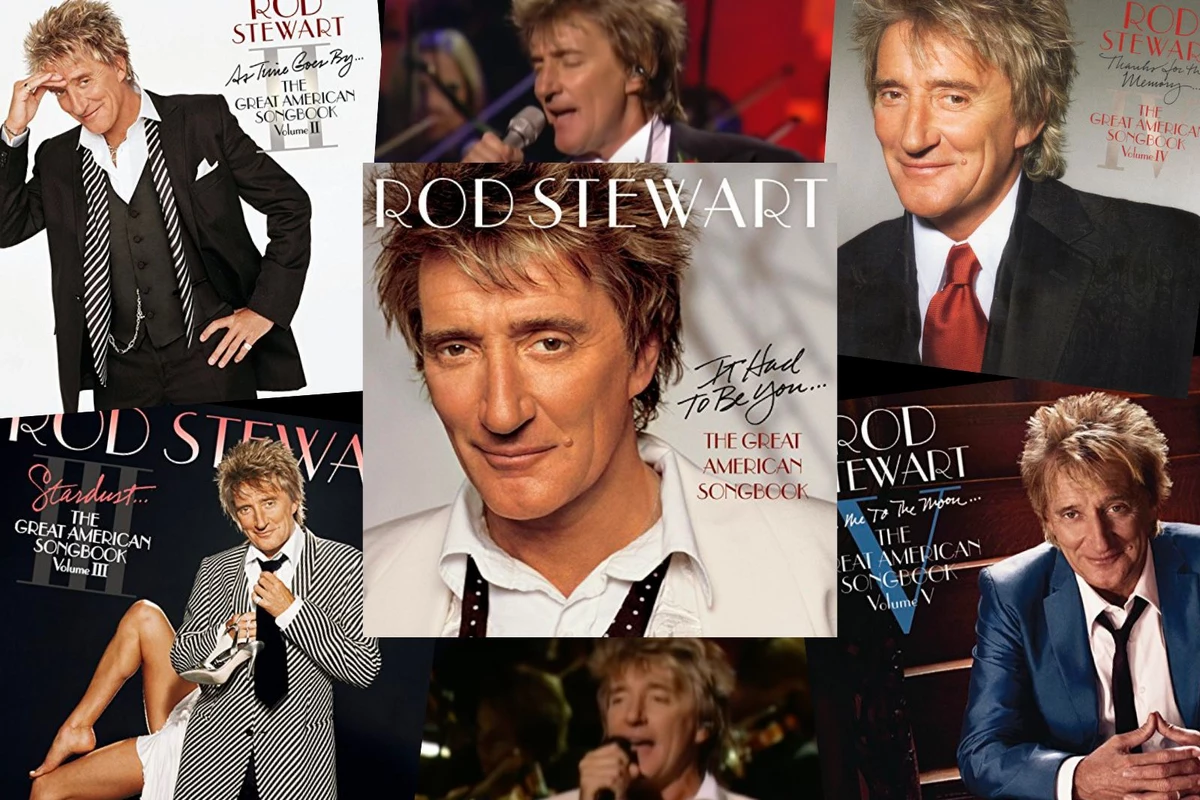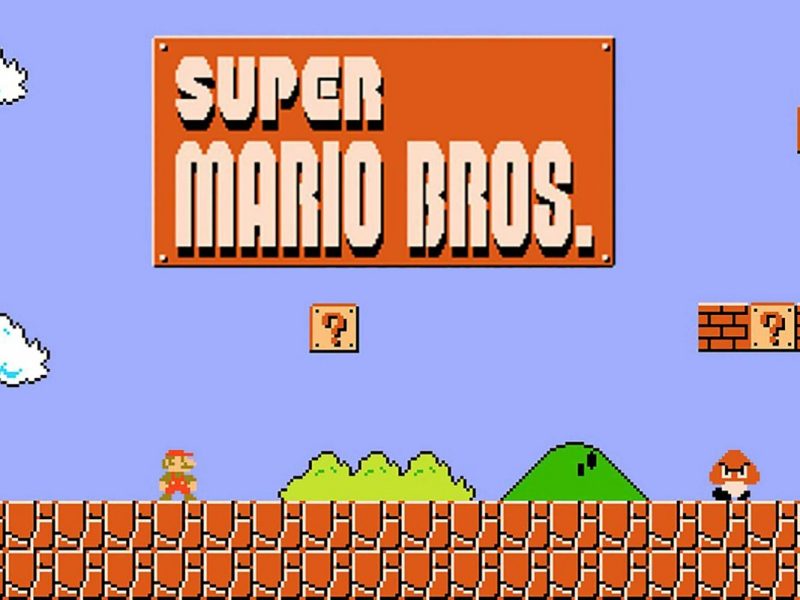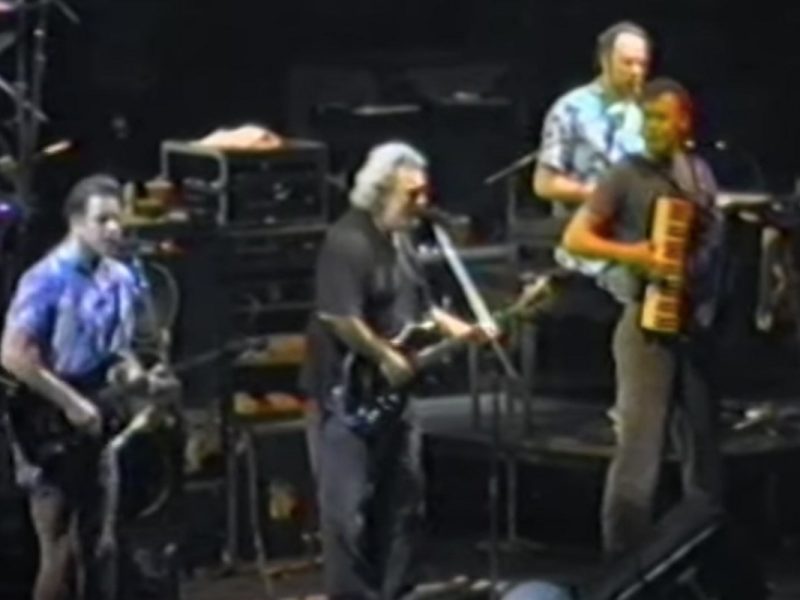One word changed the trajectory of Rod Stewart’s career, only a few months into the new millennium: cancer.
Stewart, then 55, went for a routine scan in May 2000 and doctors detected a lump on his thyroid gland. It was swiftly removed — “they literally, you know, cut you right through the throat,” Stewart told ABC – and was told that although the tumor itself was benign, some of the material surrounding it was cancerous.”
He “felt fearful, vulnerable to a degree that I never had before,” Stewart later wrote in his autobiography, then added a dose of humor. “No chemotherapy was required – which, in turn, meant there was no risk that I’d lose my hair. And let’s face it: if we’re ranking threats to the survival of my career, losing my hair would be second only to losing my voice.”
Still, the diagnosis and operation was an unexpected blow to Stewart’s career. Doctors told him it would be six months until his singing voice recovered, but it took longer than that. “So I thought, after six months, I started singing and nothing happened,” Stewart told ABC in 2001. “Then eight months and nine months – and it’s only just recently started coming back.”
In essence, Stewart had to re-learn how to sing. He wondered at the time what it might have been like if his voice came back differently, what it might sound like. Maybe like Frank Sinatra’s, he thought: “Then I really could have made it.”
Stewart’s voice did not come back sounding like Sinatra’s, but instead a raspier version of his already slightly grizzled tone. He returned to work, citing rehearsals with his band as good exercise for his recovering vocal cords – but Sinatra clearly still loomed over the proceedings. It Had to Be You: The Great American Songbook, Stewart’s first album of mid-century pop standards, followed on Oct. 22, 2002.
That was a far cry from his last LP, 2001’s Human. Although comprised mostly of material written by others, this studio project was much more in line with the pop-rock sound Stewart’s fans had come to expect. Featured guest musicians included Slash, Mark Knopfler, Jesse Johnson of the Time, and Robbie McIntosh of the Pretenders.
Back then, Stewart was still pushing back against the idea that this was anything more than a temporary detour. “I’m no rock ‘n’ roll traitor,” he said during an appearance on The Tonight Show With Jay Leno, just a few days before It Had to Be You was released. “This is a one off, and I’ll go back to what I usually do.”
Of course, Stewart would go on to record four more albums of songbook covers, singing everything from Hoagy Carmichael to Cole Porter, George Gershwin to Duke Ellington. To understand why Stewart would want to record an entire album of songbook covers — and to continue doing so until 2010 — is to take several factors into account.
For one thing, this life-threatening news had undeniably altered Stewart’s view on life, and what he might do with the rest of his. “You tend to get everything in perspective,” he told ABC, “because being that close to something that lethal and fatal – you know, there’s always the thought, you know ‘I’m going to live forever’ like you do, and all of a sudden you realize you can’t. And it can strike anybody, any age. No matter who you are, it could cut you down.”
Listen to Rod Stewart’s ‘It Had to Be You’
He may also have been looking backward at his life up until the diagnosis, including a childhood in London where Stewart’s parents introduced him to popular singers like Al Jolson. Once described as Stewart’s first musical memory, Jolson was one of America’s best known and highest paid stars of the ’20s. He inspired the likes of Bing Crosby, Irving Berlin and Judy Garland. (Jolson’s legacy has since been revisited because of his frequent appearances in blackface makeup – including in 1927’s The Jazz Singer, his best-known role and the very first feature-length film to include synchronized talking.)
Stewart remembered his parents hosting boisterous parties back then, always filled with music. “We had a small grand piano, and I used to sneak downstairs and hide underneath it and watch everybody dancing and getting drunk. They were awful dancers, really, with a collection of footwear that was quite astounding,” he told Rolling Stone in 2003, with a laugh. “But I think it gave me a very, very early love of music.”
As Stewart told Leno: “These songs have been with me most of my life.”
Stewart’s ex-wife, Rachel Hunter, began dating the English singer-songwriter Robbie Williams around this time, as well. This might have been an inconsequential development were it not for the fact that Williams had just released 2001’s Swing When You’re Winning, an album of mostly swing covers including songs written by Bobby Darin, Nat King Cole and, ironically, a song partially credited to Al Jolson (“Me and My Shadow”). Swing When You’re Winning debuted at No. 1 in the U.K., selling millions of copies.
“I have heard bits and pieces,” Stewart told the Daily Telegraph in 2002, “but Robbie went more for the big-band stuff, whereas we stayed away from that. He did things like [Jerry Jeff Walker‘s] ‘Mr Bojangles,’ but we didn’t veer off track. We stuck to an era. Most of these songs were written between the wars.”
If there was ever any friction between the two, it was apparently resolved years later. Stewart sang on Williams’ 2019 holiday album, The Christmas Present, while Williams performed a duet on “It Takes Two” from 2019’s You’re in My Heart: Rod Stewart With the Royal Philharmonic Orchestra.
“He’s my new best mate,” Stewart told Yahoo in 2019. “He really is the sweetest guy. He’s been emailing me saying, ‘What a pleasure it is to share the charts with you. I look up to you. I hope my career can last half as long as yours.'”
Williams’ LP wasn’t the only one that Stewart held apart from his own. “Now, come on,” Stewart told ABC. “Who else has done one of these albums? George Michael?”
Michael had released an album partially consisting of jazz standards in 1999 called Songs From the Last Century, though it also included covers of more recent popular songs like the Police’s “Roxanne” and “Miss Sarajevo,” written by U2 and Brian Eno. Songs From the Last Century was a hit in the U.K., reaching No. 2 on the albums chart, but a dud in America, landing at No. 157 on the Billboard 200.
Stewart said was encouraged by co-producer Richard Perry, who had experience working with both rock and traditional jazz artists before helming It Had to Be You. “I always loved the classics and wanted to be involved in them – no matter the artist,” Perry told the Main Edge in 2021. “So, how could it go wrong with somebody as great as Rod? When I approached Rod with the idea, and showed him my track record with other standards albums, it was an easy ‘yes.'”
Still, Stewart recognized what was at stake with this drastic musical shift. When asked in 2002 who was going to buy the album, he answered: “Fuck knows. I have got no idea. It might go down the toilet.”
Watch Rod Stewart Perform ‘The Way You Look Tonight’
It didn’t, in fact. It Had to Be You was a Top 10 smash, reaching No. 8 in the U.K. and No. 4 in the U.S. This represented an incredible turnaround considering that Stewart had been on the operating table only a year and a half before, unsure of whether or not making more albums would even be a possibility.
Stewart kept going, recording four more songbook albums: 2003’s As Time Goes By, 2004’s Stardust, 2005’s Thanks for the Memory and 2010’s Fly Me to the Moon. Each reached the Top 5 in both the U.K. and the U.S., with Perry returning as producer three times.
Ironically, the harshest criticism of Stewart’s album series came five years after Fly Me to the Moon when Bob Dylan launched his own series of songbook albums. Journalists inevitably drew a comparison to Stewart’s series, but Dylan would hear none of it.
“I was looking forward to hearing Rod’s records of standards,” Dylan told AARP magazine in 2015. “I thought if anybody could bring something different to these songs, Rod certainly could – but the records were disappointing. Rod’s a great singer. He’s got a great voice, but there’s no point to put a 30-piece orchestra behind him.”
Dylan took a stripped-down approach with Shadows in the Night, following it up with 2016’s Fallen Angels and 2017’s Triplicate.
This stinging criticism presumably mattered to Stewart, who’d already recorded and released eight covers of Dylan songs, both solo and with the Faces. (There would be more to come, as well.) One of the first albums Stewart bought as an adolescent was Dylan’s self-titled debut, which he would later say had an “immense impact” on him. “I’d never been to America at that stage in my life,” Stewart added in 2018, “and I dreamt about going to America.”
Dylan insisted that he wasn’t trying to “knock anybody’s right to make a living,” but he was firm in his opinion: “You can always tell if somebody’s heart and soul is into something, and I didn’t think Rod was into it in that way.” He took particular offense to the “modern recording techniques” used on Stewart’s albums, which may have been thanks to Perry’s fellow co-producer Phil Ramone, who worked on both It Had to Be You and As Time Goes By.
Ramone’s best-known work stretched way back to the ’60s, when he helped engineer and produce concerts for the White House. (His hands were on the sound controls on May 19, 1962 when Marilyn Monroe sang “Happy Birthday” to President John F. Kennedy at Madison Square Garden.) He’d also worked with Sinatra himself. Into the ’70s and ’80s, Ramone developed a strong reputation as a record engineer and producer for rock artists, working with the likes of Paul McCartney, Elton John, Billy Joel and countless others. He also collaborated with Dylan, engineering his first live album (1974’s Before the Flood) and early sessions in New York City for 1975’s Blood on the Tracks.
Though well-versed in traditional recording techniques, Ramone did not hesitate to use newer methods. “I’m always seeking for the better sound and the better computer,” he told Sound on Sound in 2005. “There are some people that may not be as familiar as they should be with a computer, but they have great musical talent – and when you put both elements together, it can be pure magic. You’re not putting a musician out of work. You’re adding another dimension.”
Listen to Rod Stewart Perform ‘I’ll Be Seeing You’
The shift from analog to digital didn’t happen overnight. Even in 2002, these techniques weren’t the modus operandi for rock musicians who had risen to fame using more traditional analog methods. “I’m often trying to explain to the next generation how easy it is for them that they now have full undo and recall functions,” Ramone added. “So if you make a mistake you can instantly put back what you erased. With tape you could never get things back. That’s a big advance, but being able to redo everything also decreases the intensity of the recording process.
“My motto remains that if you treat a studio session like a live date, if you make sure everyone is working with that kind of focus,” Ramone said, “your results will come out far better.”
On larger projects such as Stewart’s, Ramone utilized another somewhat controversial technique by employing several assistant mixers and engineers who were each responsible for different tasks. One might assume this would make it more challenging to piece together a cohesive album, but that’s not the way Ramone saw it: “To me it’s like when you’re cooking an important meal. When you line up all the ingredients, it’s just a conglomerate of nothing. But when you put things together in different bowls, with each bowl containing a unique dish, then you can start creating a great four-course meal.”
Fans certainly agreed, even if critics – and Dylan, of course – did not. Consensus quickly built that Stewart’s performance on It Had to Be You simply fell flat in comparison to his previous work. Rolling Stone reiterated that Stewart was once “rock’s greatest interpreter of other people’s songs – the Sinatra of his age, somebody who took on Dylan, Motown and a whole lot in between and made it all sound urgent and thrilling and alive.” But It Had to Be You, they cautioned, was simply a “disappointment.”
Stewart occasionally returned to songbook oldies on tour through the mid ’00s, sprinkling them in between rock ‘n’ roll hits. It Had to Be You favorites like “I’ll Be Seeing You,” “They Can’t Take That Away From Me” and “The Way You Look Tonight” frequently made set lists, among others from the rest of the songbook series.
Decades after It Had to Be You, Stewart promptly cited the songbook series when asked to name music of his own that he enjoyed. Of course, those songs brought back fond memories from his childhood. “And also because they, as a vocalist, they stretch you,” Stewart told Forbes. “The melodies stretch you and it’s just lovely.”
Stewart also noted that he’d more recently become interested in revisiting his songbook material, rather than rock songs. “I want to move on and just do the classics and the swing stuff, but I don’t want to be singing ‘Hot Legs’ when I’m 80,” he said. “I want to go on tour with a big band and just play this stuff that I love. It’s a different entity to rock ‘n’ roll, although that’s where it all came from.”
Once again, coming face to face with the idea of his own mortality seemed to be leading Stewart to prioritize the things that made him most happy. As he sang in his cover of “For All We Know” from It Had to Be You, “Tomorrow was made for some / tomorrow may never come – for all we know.“
20 B-Sides That Became Big Hits
We’re focusing on songs that charted separately, rather than so-called “double A-sides.”



